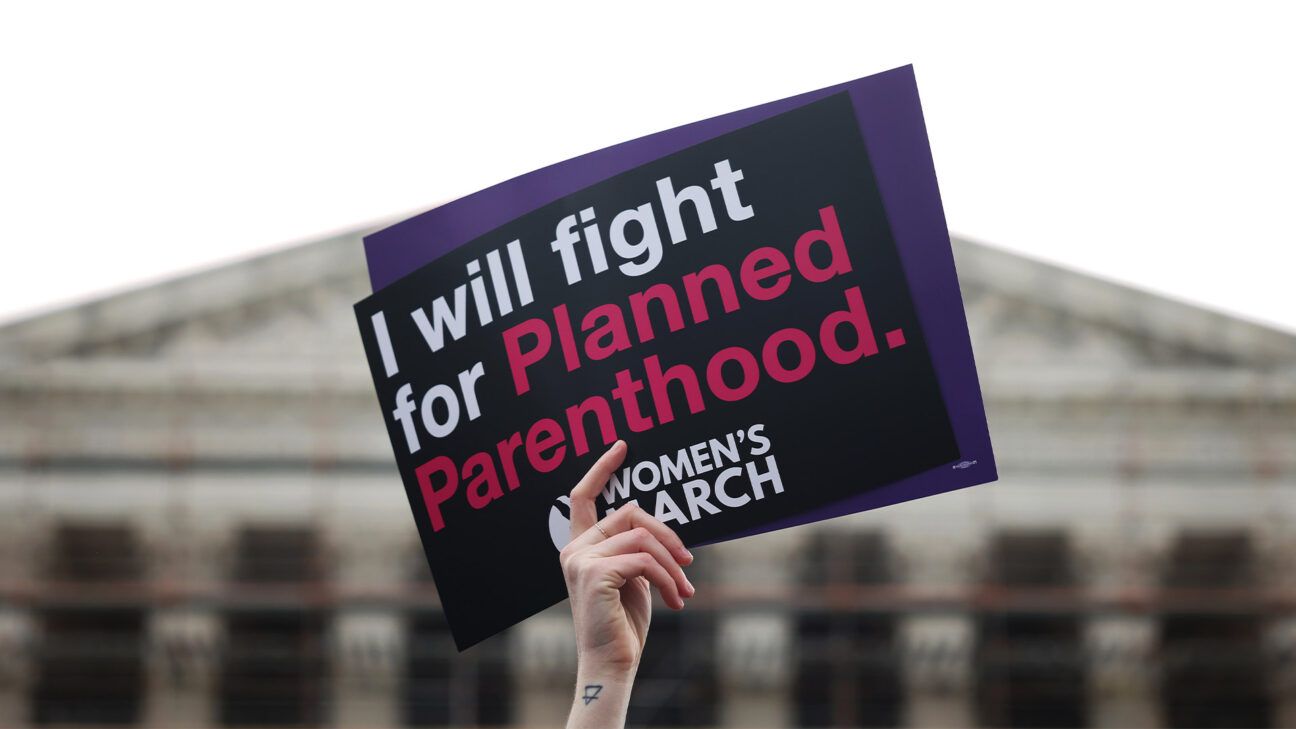‘Top Gun’ Legend Val Kilmer Dies of Pneumonia After Throat Cancer Battle

- Legendary actor Val Kilmer of ‘Top Gun’ fame passed away at 65 at his Los Angeles home.
- Kilmer’s daughter shared that the cause was pneumonia, an infectious disease of the lungs.
- Experts say Kilmer’s previous treatment for throat cancer and his age may have been contributing factors.
- It’s recommended that older adults protect their health by getting regular vaccinations, particularly against pneumonia.
Actor Val Kilmer, perhaps best known for his role as Tom “Iceman” Kazansky in the films “Top Gun” and “Top Gun: Maverick,” has died at 65.
Kilmer’s daughter, Mercedes Kilmer, announced her father had died of pneumonia on April 1 at his Los Angeles home.
Pneumonia is a lung infection caused by bacteria, viruses, or fungi that inflame the air sacs in the lungs, causing them to fill with pus or fluid. Symptoms generally include fever, chills, coughing, and problems with breathing.
This potentially fatal condition is most dangerous for infants and young children, people with weakened immune systems and other health problems, and adults ages 65 and older.
Kilmer previously battled with throat cancer in 2014. However, his daughter told The New York Times he had recovered from the disease.
Kilmer’s throat cancer, age were risk factors for pneumonia
Emma Lin, MD, a board certified pulmonologist, sleep medicine specialist, and co-founder of ReadyO2.com, explained to Healthline that Kilmer’s previous cancer battle, as well as his age, may have left him more prone to pneumonia.
“Many patients I’ve had who’ve survived throat cancer come to me with lung issues later on,” she said.
Lin added that radiation therapies used to treat throat cancer can weaken a person’s lungs, making infections like pneumonia more likely to develop.
“I always remember this when working with patients who’ve had cancer in the past,” she said. “Although they may appear well, their lungs will be weaker than normal.”
William Schaffner, MD, professor of preventive medicine and health policy and professor of medicine in infectious diseases at Vanderbilt University School of Medicine, said that, in general, people with throat cancer have a more difficult time clearing their mouth and throat.
“The secretions can be aspirated, that is, ‘go down the wrong tube’ into their airway — the bronchial tubes,” he told Healthline.
When these secretions make their way into the lungs, it can lead to inflammation and what is known as “aspiration pneumonia,” Schaffner explained.
Lin noted that increasing age is associated with a greater risk for pneumonia.
“I see a great many patients, particularly elderly patients, who are vulnerable to catching pneumonia,” she said.
Lin explained pneumonia can be more harmful to older individuals because their immune systems may not be as effective at eliminating infections as when they were younger.
What older adults can do to prevent pneumonia
Olalekan Otulana, MD, a general practitioner with Cassiobury Court, strongly recommends keeping up to date with your vaccinations.
“That includes the pneumococcal vaccine and the annual flu jab,” Otulana told Healthline, noting that vaccines may significantly reduce the risk of severe illness.
“Maintaining good overall health also plays a big role,” he added. “Stopping smoking, staying active, eating well, and managing chronic conditions if present (e.g., diabetes [or] heart disease) all help keep the immune system strong and lungs functioning well.”
Lin spoke of the importance of practicing good hygiene to prevent the spread of infections.
“It also helps if they keep their hands clean by washing them frequently as well as avoiding close contact with people who are ill,” she said.
For people with long-term health conditions such as asthma, chronic obstructive pulmonary disease (COPD), or heart disease, it’s crucial to follow your doctor’s advice, Lin said.
“It may involve regular use of inhalers or other medicines as prescribed by your doctor,” she noted.
Lin further advised that older adults remain active. “I explain to my patients that a short walk each day keeps the lungs functioning properly and builds a strong immune system,” she said.
Finally, Lin suggests making sure you get adequate sleep. “Sleep allows the body to heal and recover from infections,” she said.
According to the National Institute on Aging (NIH), adults over 65 need about 7–9 hours of sleep per night.
What we can learn from Kilmer’s passing
Kilmer’s death highlights the serious risks of pneumonia, especially to older adults and those with a history of illness.
While his talents on screen made him a beloved Hollywood icon, his health journey and battle with cancer highlight the importance of pneumonia prevention, which may be supported through vaccinations and maintaining overall wellness.
As fans remember Kilmer for his legendary performances, health experts emphasize that simple steps, such as staying active and following medical advice, can help reduce the risk of pneumonia and other respiratory infections.
‘Top Gun’ Legend Val Kilmer Dies of Pneumonia After Throat Cancer Battle Read More »




